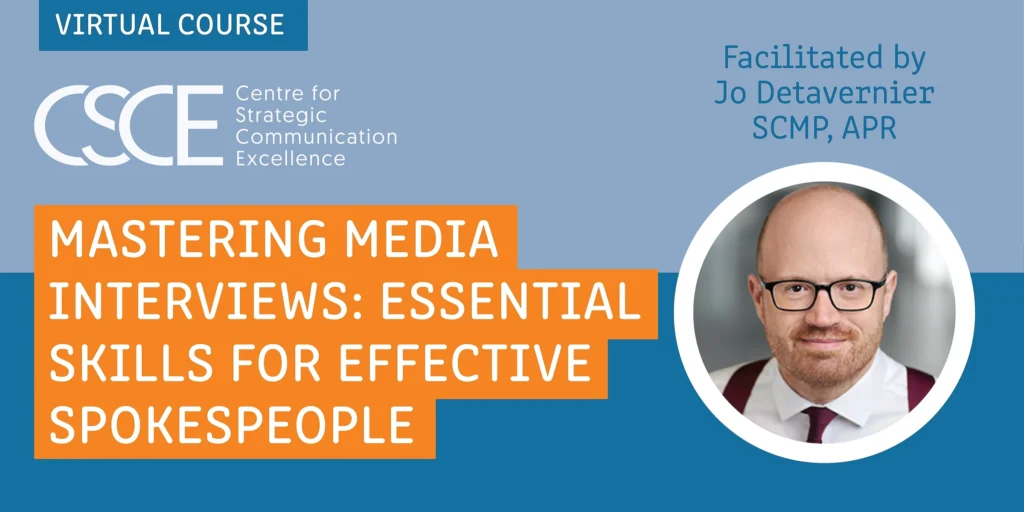In my last article Adding Strategic Value To Communication, I said I wish I had a dollar for every time I heard “my organisation just doesn’t understand the value I bring to the business.” There’s another well-worn phrase often heard among communication professionals. “I wish I had time to do the things that matter.”
This simple statement says it all. I don’t have time. I’m too busy delivering on tactics. If I don’t focus my efforts on writing copy, implementing campaigns, attending meetings, answering emails and project managing half a dozen competing priorities, I’ll be so far behind I’ll never see the light at the end of the tunnel. But wait! Without a plan how do you know you’re doing the right things? How can you prove your value to the business, if planning is the sacrificial lamb?
“Festina Lente: Make haste slowly” – Emperor Augustus Caesar
The Roman emperor Augustus Caesar practiced festina lente, the Latin phrase for “Make haste slowly” or in more common terms, go slow to go fast. He was the founder of the Roman Empire, so chances are this particular strategy works. In today’s language it means take time to make sure you’re doing the right things and not wasting time and resources doing things that don’t matter.
What’s an easy way to do that? The things we do every day are a series of tasks that take a certain amount of time to complete. Many tasks either seem simple or easy to complete in 5 to 10 minutes. In reality there’s no such thing as a five-minute task, and when they start piling up and you focus primarily on the quick wins, guess what doesn’t get done? I’m sure this sounds familiar.
Many organisations think communication is easy because we are good at what we do and we make it look simple. Keep in mind that your time is valuable and you should spend it focused on the things that add value.
How do you know what adds value? Here’s a way to tackle the question. It’s called a Time/Value Audit, and it helps you make some decisions about where you should be spending your time to increase your value as a communication professional.
Step 1: Create a list
List all the tasks that you currently do in your role, including those that fall into the five-minute category and anything that you may have inherited over time. It’s really important to add anything that you should be doing like strategic planning, personal development, coaching leaders or other tasks. For example, your list might include:
- Producing media releases
- Organising events
- Dealing with suppliers
- Having performance discussions with team members
- Measuring communication
- Discussing communication needs with management
Step 2: Categorise your list
Categorise each task by adding labels “Time” and “Value” and give them each a weighting of High, Medium, Low.
Time is easy. Roughly estimate where each task may fit. Value is defined as “Value to the organisation and you.” This is where you need to decide how you want to be perceived as a professional, and what’s important to increase your perceived value. For example:
| Task | Value | Time |
| Producing media release | Low | Low |
| Organising events | Low | High |
| Dealing with suppliers | Medium | Medium |
| Having performance discussions with team members | High | Low |
| Measuring Communication | High | High |
| Discussing communication needs with management | High | Low |
Anything on the list that’s highlighted has either a high or low rating, which allows you to see anything that’s really important or not all all. This helps in the final step.
Step 3: Take action
Using the chart below, decide how to approach your tasks. Put each categorised task in one of the quadrants. Decide what you need to do, and be tough. You have to stop doing something to free up the time to do something else or increase the amount of time that you spend on a particular task.

Using the example above, you might want to take the opportunity to look at process improvement with some of your activities that fall into the high value/high time category. What improvements can you make to your measurement activities and reporting? It’s obvious that you need to spend more time on performance discussions and discussing needs with management. It also looks like it’s time to stop organising events, but that doesn’t mean it won’t get done. Maybe you could outsource events or maybe they could move somewhere else in the organisation.
Use this framework to help you to create more time to spend on tasks that add value and build your reputation as a trusted and strategic communication professional.
Festina lente. If it worked for the great Augustus Caesar in 27 BC, it will work for you too.
The Time/Value Audit is explained in depth as part of the Strategic Communication Management Level 1: The Communication Professional and Act Like an Agency training programs. Check out our calendar of upcoming courses for more details.
Visit the Centre for Strategic Communication Excellence or join our mailing list for tips, tools and insights developed by communication professionals for communication professionals.




